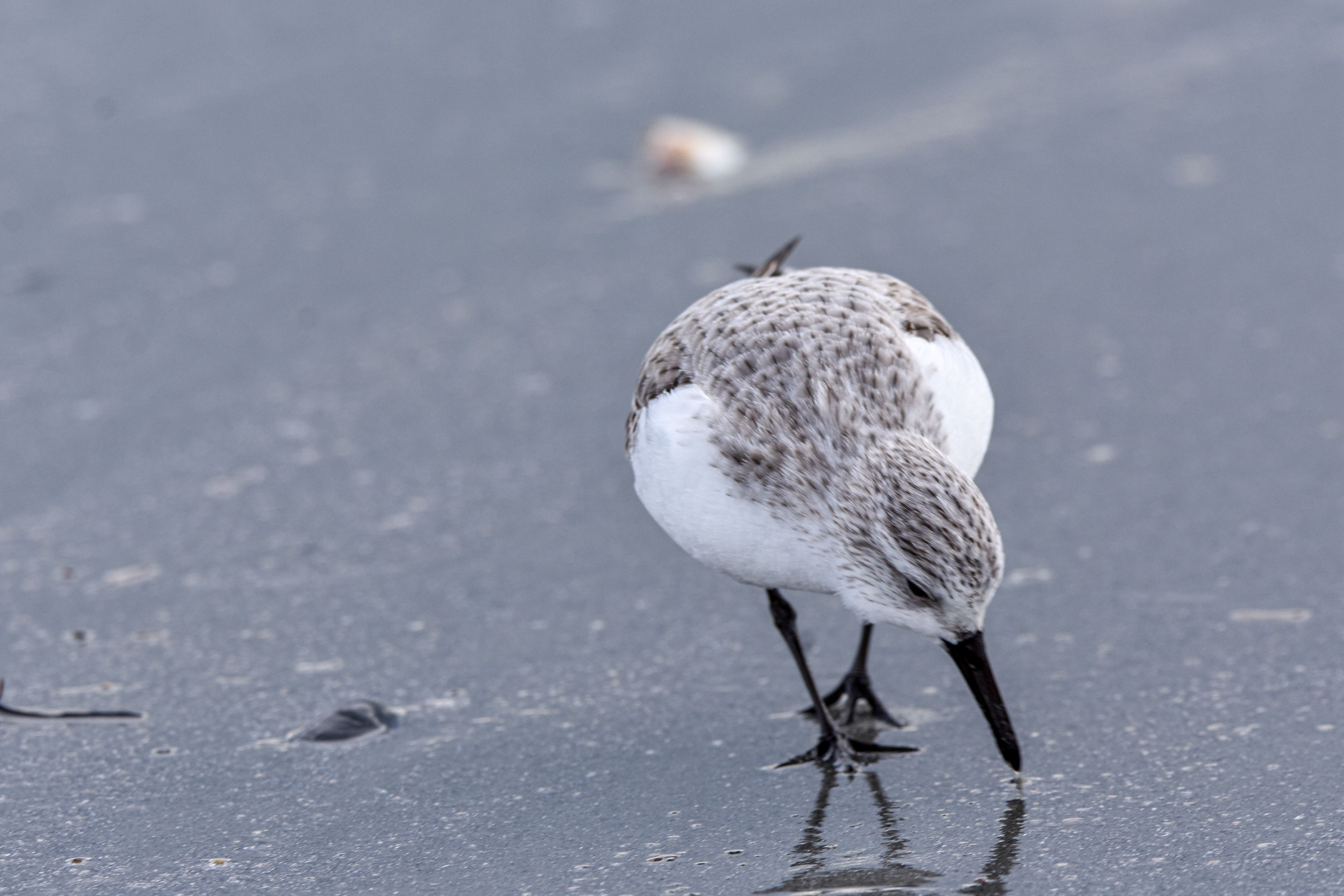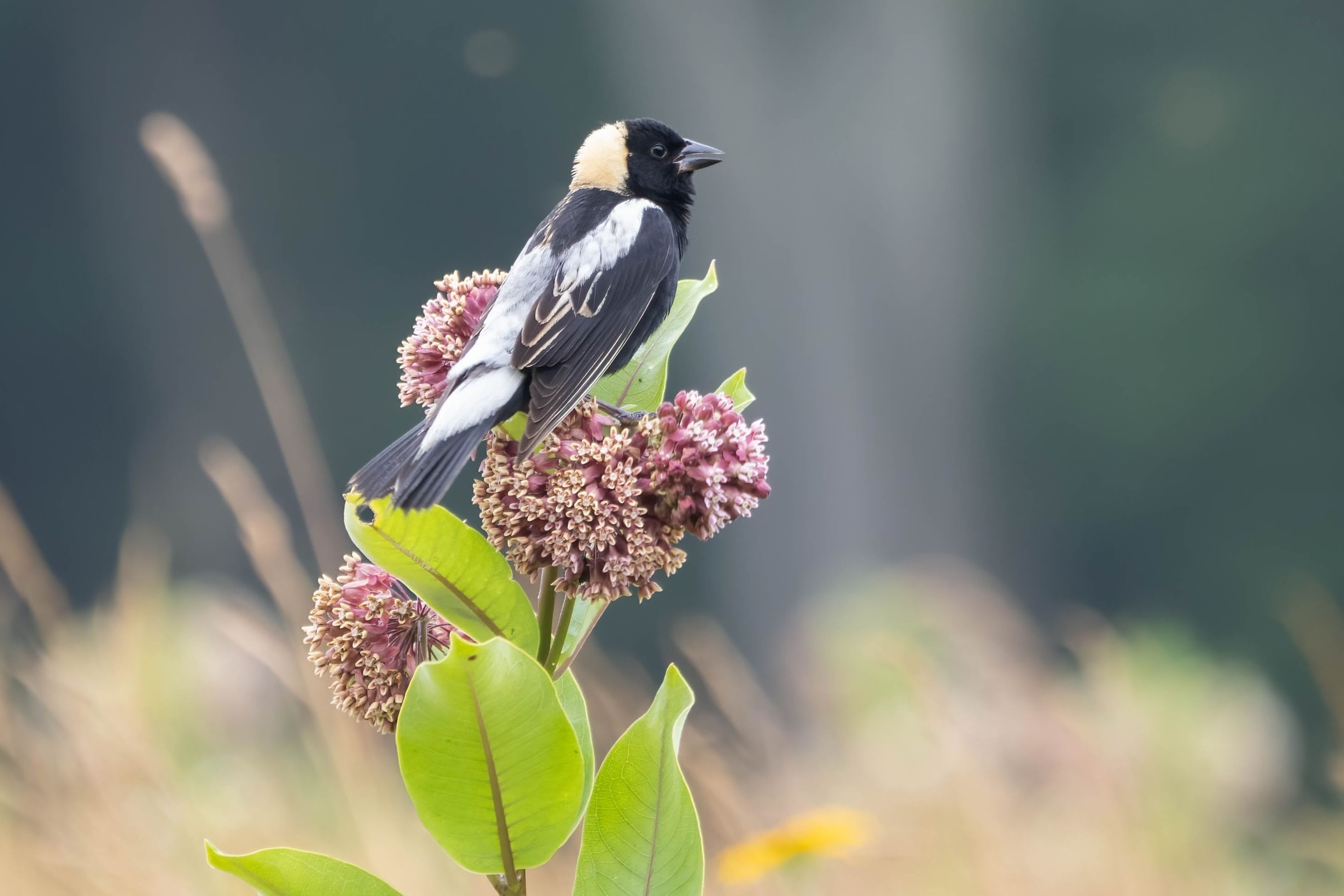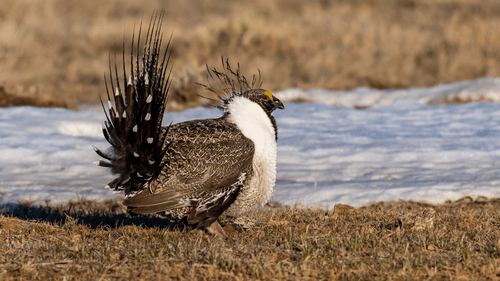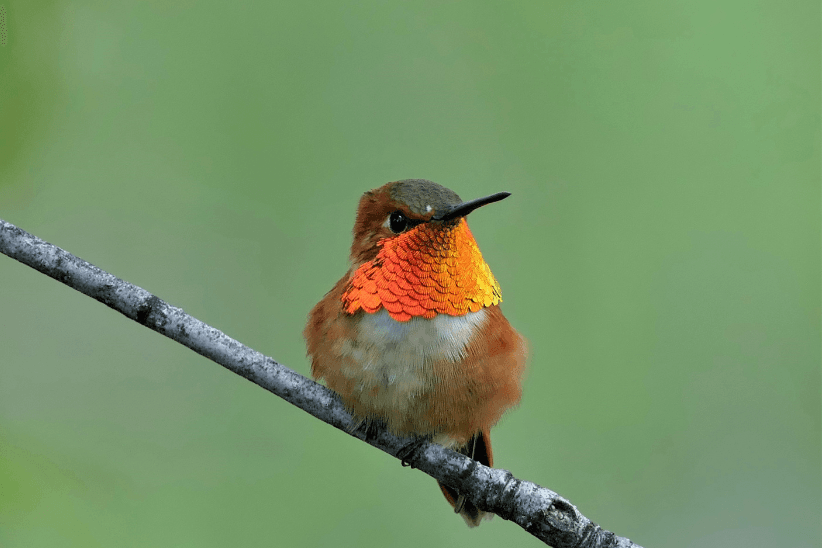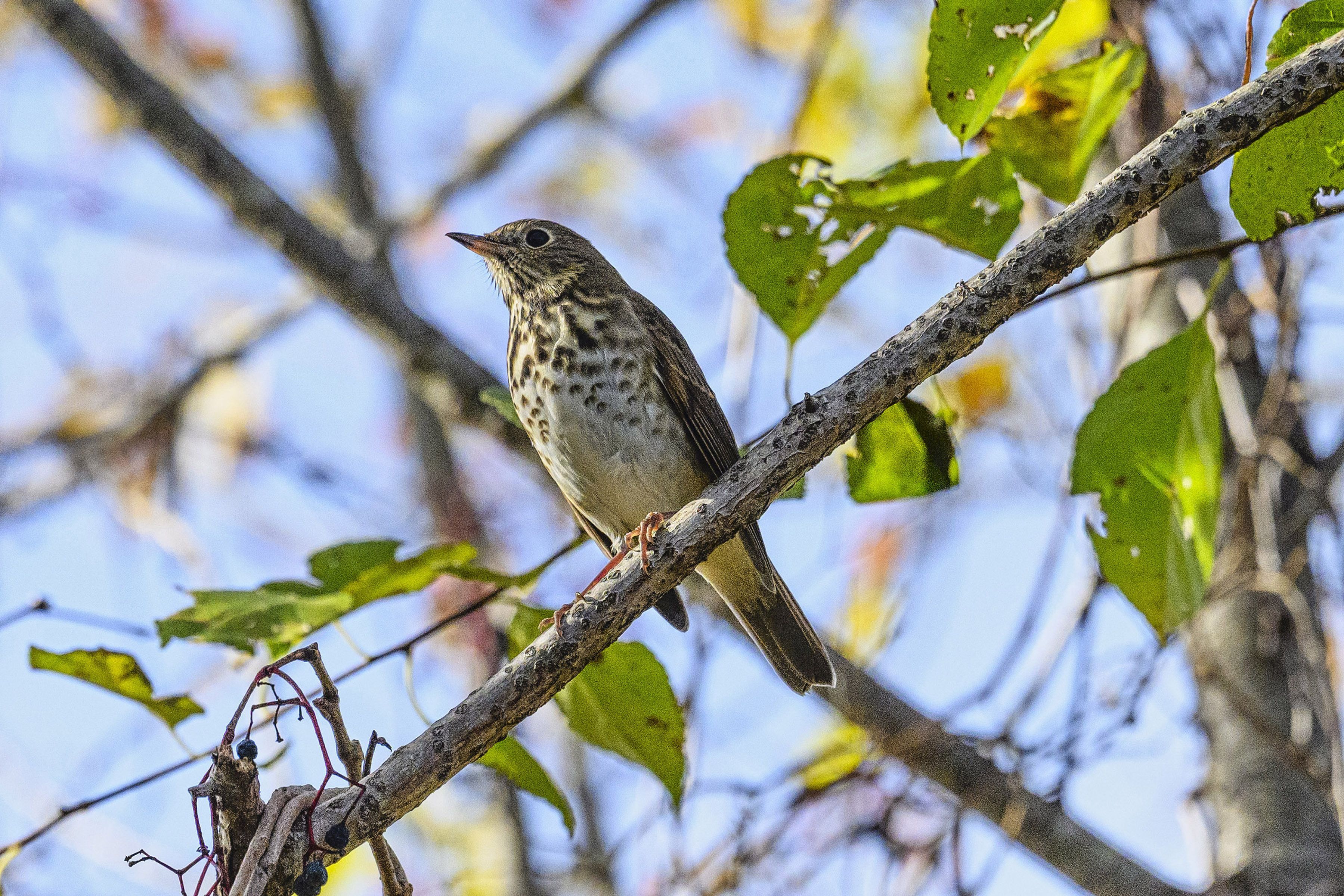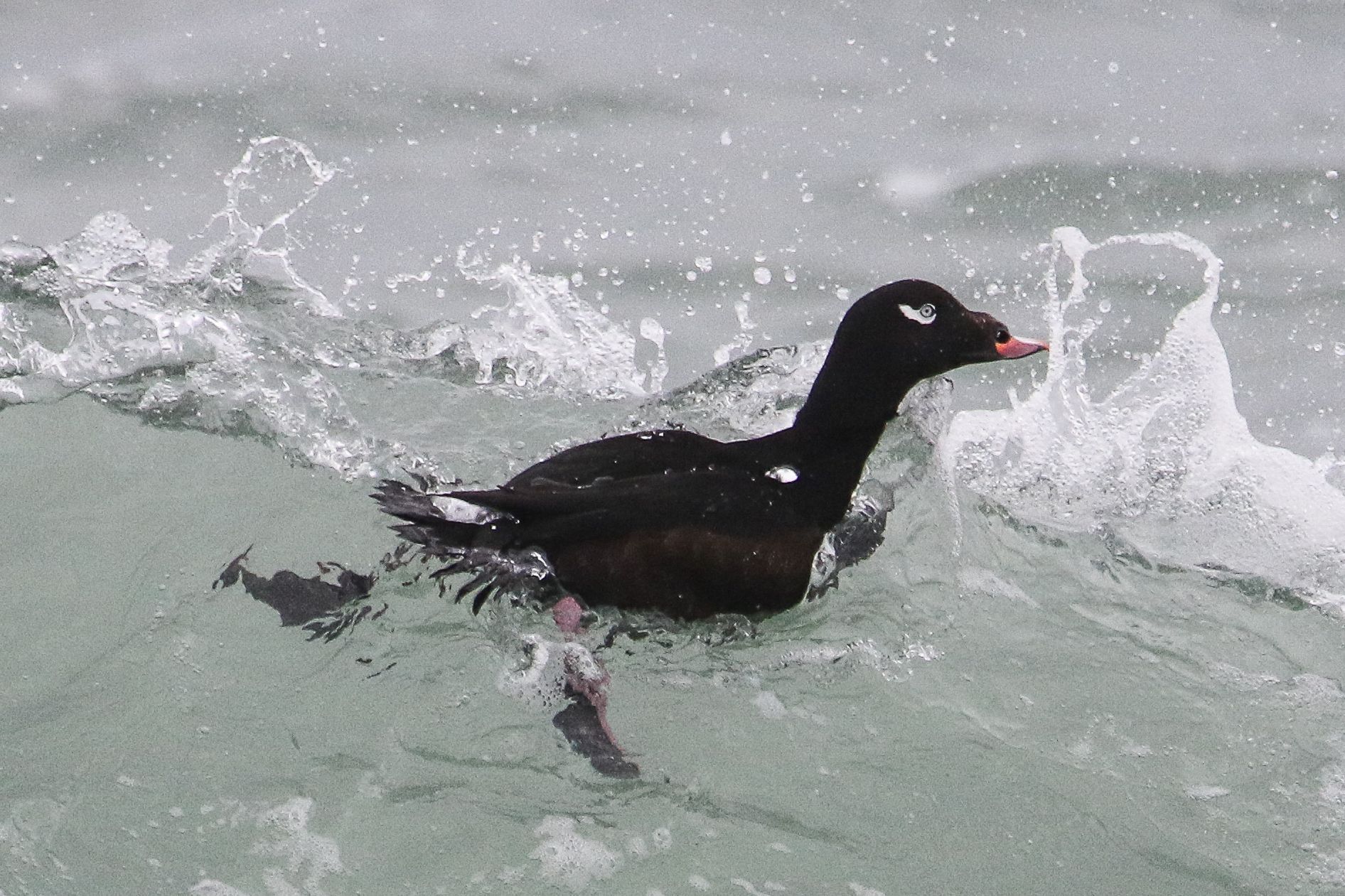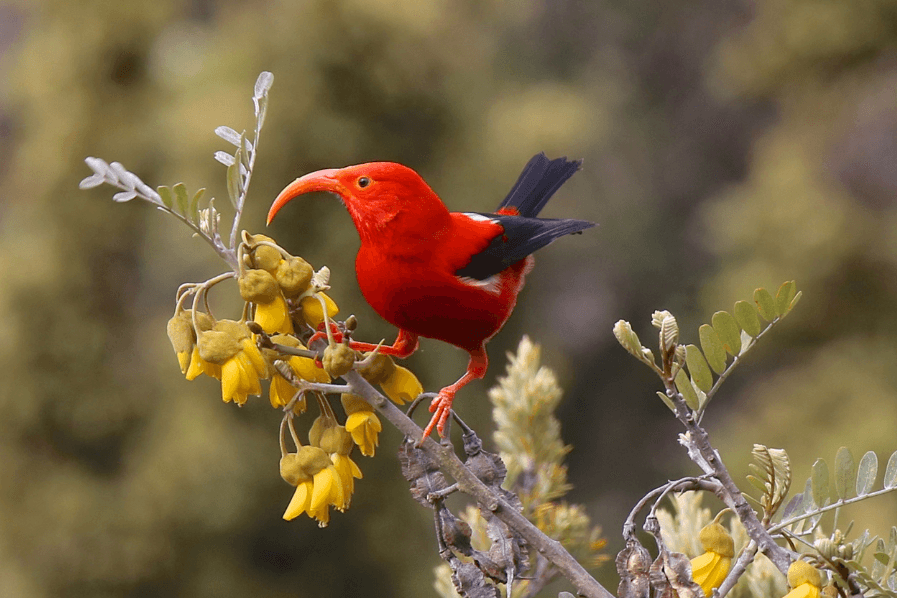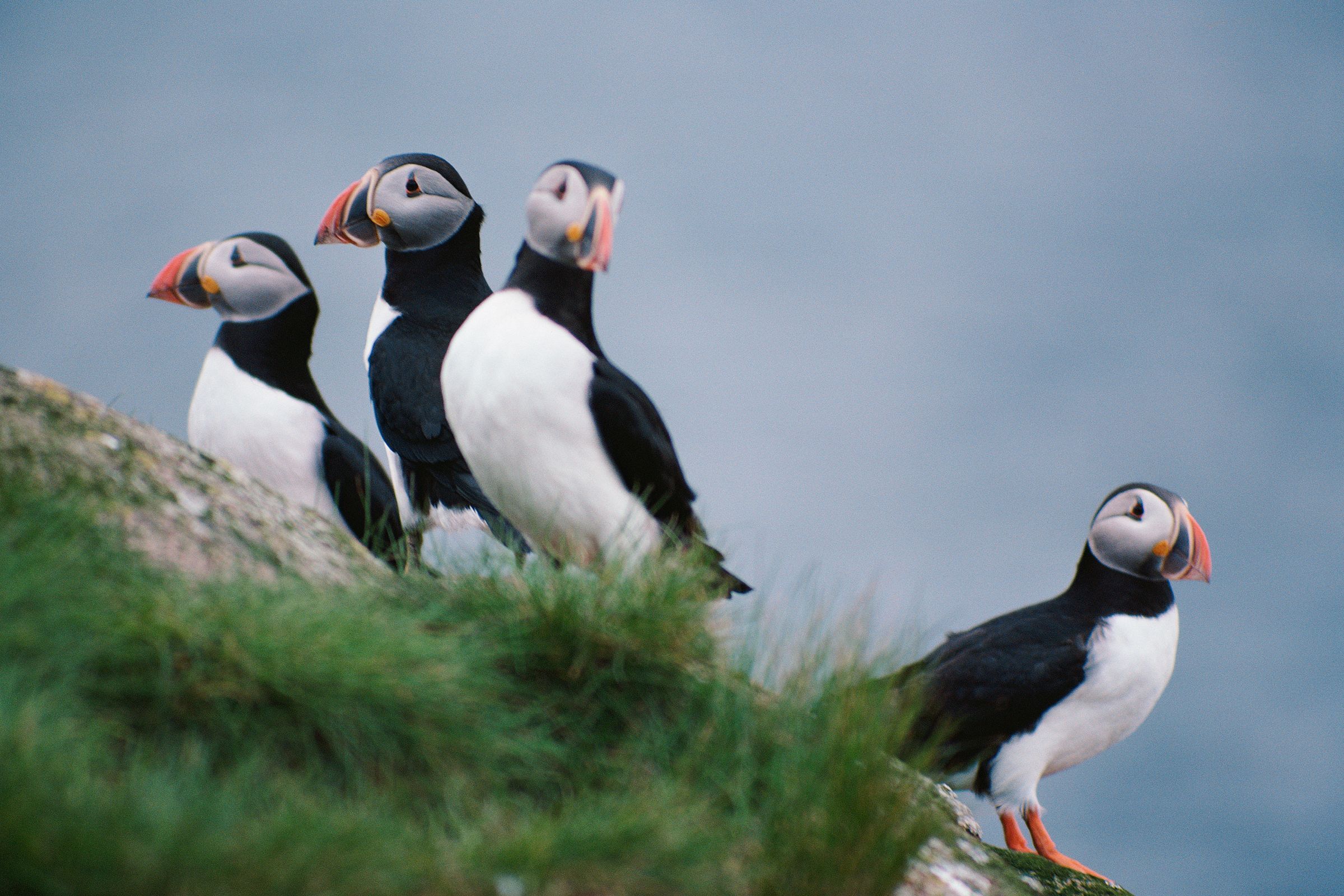October 2022
The Audubon Bird Research Email Newsletter provides you with monthly updates outlining the work we are doing as part of the scientific research initiative at the Audubon Society of Rhode Island. You will also receive emails when we are in need of volunteers for projects. Suggestions and questions regarding the newsletter can be sent to Dr. Charles Clarkson, Audubon Director of Avian Research, cclarkson@asri.org.
Sign up to get the Audubon Bird Research Newsletter in your email inbox!
Field Research Update
The end is in sight! On November 1, 2022, the year of baseline data collection across our 14 publicly accessible refuges will come to an end. With the complete dataset in hand, analysis will begin in the hopes that our understanding of how birds utilize our refuges at some point during the year will guide effective conservation across our 10,000 acres and beyond. The capacity of our protected habitats to supply breeding, wintering and migratory habitat will be assessed and a comprehensive “State of Our Birds” report will outline the steps necessary to further manage our wildlife resources. Combined with a newly-adopted list of “Responsibility Birds”, the Audubon Society of Rhode Island will have a clear picture of what we have accomplished by protecting land, and what we still need to do to assist our beleaguered bird populations.
The “State of Our Birds” report will be released at the beginning of the new year and will serve as a jumping off point for discussions with researchers in Rhode Island and throughout New England on the creation of a comprehensive region-wide conservation plan that seeks to proactively manage our forests, grasslands and coasts for birds. On January 28, 2023, the Audubon Society of Rhode Island will host the first annual “Birds Across New England: The Audubon Regional Conservation Symposium” at our Nature Center in Bristol. This one-day event will bring together researchers from every corner of New England to present their research on bird conservation to the general public. All will be invited to attend, but space will be limited. Look for additional details on the event along with registration instructions in the upcoming Audubon Report.
State of the Birds
This edition of the Avian Research Newsletter will be devoted to the recently released “State of the Birds” report. This annual report, released by the North American Bird Conservation Initiative, outlines the trends in bird populations over the past 50-years, identifies the largest drivers of decline, celebrates successful conservation projects and makes recommendations on the future work needed to restore our bird populations.
Although the report is easy to understand and is created with a general audience in mind, it is over 30-pages in length. Therefore, a synopsis here will aid in maximizing the number of people exposed to its content, which will hopefully translate to even more action on the part of the birding community. The report subdivides its findings into bird guilds, defined as groups of species that share similar resource use and habitat preference.
The report also identifies 70 “Tipping Point” species, which are birds that have lost two-thirds of their population during the past 50-years and are projected to lose another 50% over the next 50-years. For these species, dedicated conservation needs to happen swiftly to halt further decline.
-
THE SHOREBIRD GUILD
As their name suggests, shorebirds spend the majority of their annual cycle foraging, nesting and migrating along coastal habitats. This guild consists of plovers, sandpipers, oystercatchers, godwits and others. Most species in this group are known to undergo lengthy migrations and whether they stop periodically along migratory routes to refuel or fly nonstop between their breeding and nonbreeding habitats, the importance of high-quality fuel cannot be overstated. Highly productive shoreline habitat supplies the requisite food items that propel these birds successfully along their journeys. Habitat modification, human development and climate change have altered coastal habitats and their capacity to provide for shorebirds and, as a result, this guild has experienced significant declines over the past 4 decades. An unfortunate 10 species are considered “Tipping Point” species and include birds such as Lesser Yellowlegs (Tringa flavipes) and Whimbrel (Numenius phaeopus). Sanderling image by Ben Gorman.
-
THE GRASSLAND GUILD
Grassland habitats have declined in both extent and quality throughout North America as a result of shifting agricultural regimes, habitat conversion and the rampant use of pesticides. As a result, no other terrestrial bird guild has declined more than grassland birds. In the last 50-years, two thirds of all species contained in this guild have experienced declines, and 6 species are considered “Tipping Point” species, including Bobolink (Dolichonyx oryzivorus) and Henslow’s Sparrow (Centronyx henslowii). Bobolink image by Allen Schenck.
-
THE ARIDLAND GUILD
The arid habitats (desert and sagebrush) found throughout the mid-West and Western North America are home to a large but shrinking bird population. While long-term declines have been experienced by all 32 species in this guild, 4 species are considered “Tipping Point” birds, including the Greater Sage-Grouse (Centrocercus urophasianus) and Bendire’s Thrasher (Toxostoma bendirei). The principle drivers of decline include drought, persistent and extensive fire activity and human development. Greater Sage-Grouse image by Kerry Hargrove.
-
THE WESTERN FOREST GUILD
The forests of Western North America have fared better than most other guilds over the past 50-years. Although this sounds optimistic, since the 1990’s the 46 bird species within this guild have declined by 20% and 3 species are considered “Tipping Point” species, including the Rufous Hummingbird (Selasphorus rufus). Scientists are currently hard at work trying to identify the major contributing factors to the declines seen in this guild of birds, but it is believed that a long history of fire suppression in the west is at least partially responsible. Rufous Hummingbird image by Malissa Kelly.
-
THE EASTERN FOREST GUILD
The birds of our Eastern Forests are beginning to show signs of stabilization after long-term decline. While this is encouraging news, there is still much work to be done. Collectively, Eastern Forest birds have declined by 30% over the past 50-years, but this decline has leveled off since the early 2000s. This stabilization is believed to be in large part due to forest restoration and dedicated conservation efforts. The three “Tipping Point” species in this group have also shown signs of improvement. The Cerulean Warbler (Setophaga cerulea) and Wood Thrush (Hylocichla mustelina) are two species that appear to be responding well to dedicated forest restoration projects. Hermit Thrush image by Gail Kahover.
-
THE WATERFOWL AND WATERBIRD GUILDS
Of all the guilds, that of the waterfowl (ducks, geese and swans) and waterbirds (pelicans, cormorants and allies) has done remarkably well. Long-term, targeted conservation programs and U.S. policy aimed at creating and maintaining wetland habitat are largely to credit for an increase of as much as 1,000% for some species. Despite this increase, the news isn’t all good. When looking at specific groups within the guild as a whole, dabbling ducks, diving ducks and sea ducks have all declined over recent years and 4 species are considered “Tipping Point” species projected to lose another 50% of their population over the next 50-years. Major threats to this guild include climate change, habitat loss and changing wildlife communities. White-winged Scoter image by Tom Younkin.
-
THE HAWAIIAN BIRD GUILD
Why do these 73 species appear in their own guild? Their unique evolutionary history has a great deal to do with the answer. The endemism of birds on the island of Hawaii is incredibly impressive and represents a tremendous amount of biological diversity that needs to be conserved, as once it is lost, it is gone for good. Almost half of all Hawaiian species are already extinct or presumed extinct and 20% of those remaining are on the U.S Endangered Species List. Mosquito borne illness, habitat loss and climate change are to blame for much of this decline. Captive breeding programs and conservation projects are underway to help the most at-risk species, but the future is not bright for Hawaiian’s endemic birds. The conservation hill is steep, but the goal of bringing these species back is essential. Scarlett Honeycreeper image by Nancy Strohm.
-
THE SEABIRD GUILD
Seabirds have been declining for decades and currently, 22% of species within the guild are considered “Tipping Point” species. Climate change is largely responsible for the largest drivers of decline: drowning nesting habitat, changes in prey distribution due to warming seas and increased storm activity. Pollution and invasive species have also been identified as stressors to global seabird populations. The report does not mention the current strain of Avian Influenza that has decimated populations of nesting seabirds in the northern Atlantic during the 2022 breeding season. The combined effects of these factors on long-lived seabirds may very well drive long-term and irreversible changes to populations unless immediate conservation action is taken.
Signs of Hope
The news for most birds in the report is bleak, cause for concern and certainly should not be minimized. The conservation needs are real, swift action is necessary and time for successful management is limited. Still, the report does highlight some areas where conservation has succeeded, such as with the waterbird guild and the successful protection of wetland habitats. The report also lists strategies for bird conservation necessary to reverse declining trends. These strategies include applying new science and technologies to the issues at hand, establishing partnerships between private landowners, government entities and indigenous communities and paying more attention to the full annual cycle needs of birds.
The report also highlights the oft-overlooked fact that the conservation of certain bird populations and their requisite habitats also leads to the conservation of other associated species. Effective conservation plans can lead to gains in multiple species and benefit the overall biodiversity of our planet.
Conservation plans can also serve to help communities across our nation. Involving Black, Latino and Indigenous communities in our work can help to advance environmental justice, right historical wrongs and provide assistance to our inner-city communities.
Here’s hoping that next year’s report is more optimistic for our bird populations. Until then, the birds need our help. Let’s get to work.
—
Read more about the “State of the Birds” report: click here for coverage by the Providence Journal.
The information for this newsletter was gleaned from the “State of the Birds” report:
North American Bird Conservation Initiative. 2022. The State of the Birds. United States of America. Stateofthebirds.org


